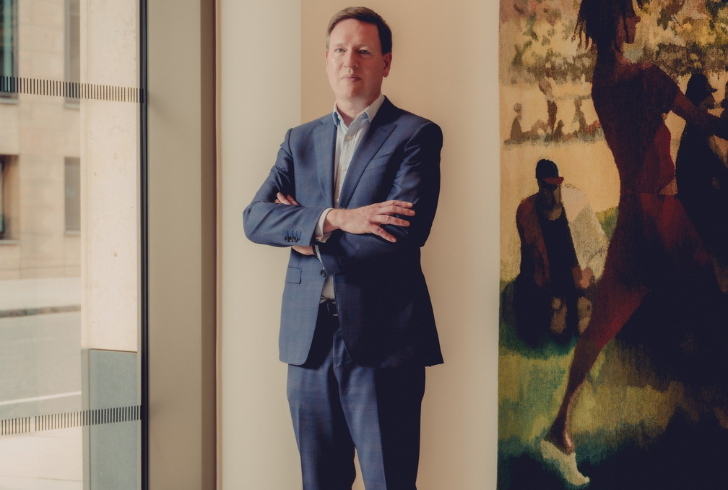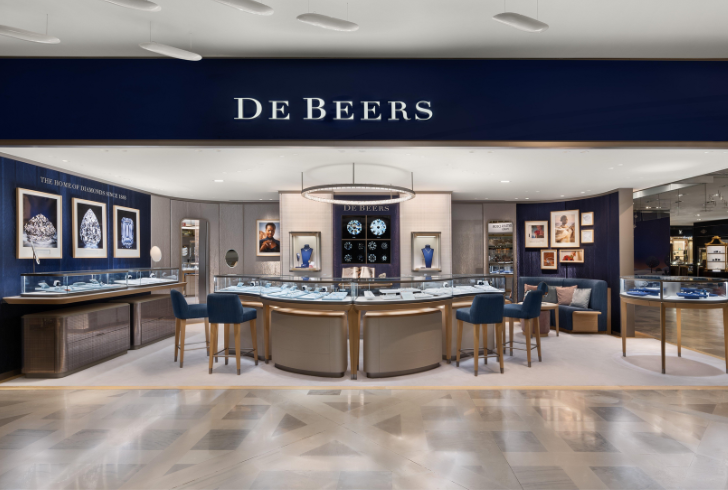Are Diamonds Still Considered a Luxury? De Beers Faces Market Reality
Diamonds have long been associated with rare beauty, lasting value, and emotional milestones. But the sparkle that once set them apart is facing a sharp challenge. As lab-grown diamonds flood the market at a fraction of the price, the distinction between what’s natural and what’s manufactured is starting to blur—and it’s causing major ripples across the industry.
The most iconic name in the business, De Beers, is now fighting to protect not just its market share, but the meaning behind a natural diamond itself.
A Brand at a Crossroads
De Beers spent decades defining what a diamond should represent. From classic engagement ads in the 1940s to the famous line “A Diamond is Forever”, the company shaped cultural expectations around love and luxury. But times have changed, and fast.
In recent years, lab-created diamonds—identical in composition, sparkle, and hardness—have gone from novelty to norm. These stones aren’t knockoffs; they’re real diamonds, just made differently. The big difference? The price. That shift has rocked the natural diamond market, dropping demand and dragging down prices for mined stones.
Today, synthetic diamonds make up over 20% of global sales, compared to less than 1% less than a decade ago. For engagement rings, it’s even more dramatic: more than half of U.S. couples in 2023 opted for a lab-grown center stone, according to The Knot. This surge has forced traditional retailers, even those long loyal to natural stones, to reconsider their strategy.
What’s at Stake for De Beers

Instagram | wsjphotos | De Beers’ CEO Al Cook faces the serious problem of the company’s recent devaluation.
Al Cook, who took over as CEO of De Beers in early 2023, is staring down a serious problem. Once valued as an untouchable gem giant, De Beers is now dealing with devaluation. Its parent company, Anglo American, slashed the diamond unit’s book value by 45%—about $4.5 billion—due to declining returns and uncertain future growth.
To make matters more urgent, Anglo has been preparing to offload De Beers, either through a direct sale or an IPO. But with few interested buyers willing to pay top dollar, Cook is tasked with reviving consumer interest while maintaining the brand’s heritage.
One bold move? Shutting down De Beers’ lab-grown jewelry line, Lightbox. That decision signaled the company’s total commitment to natural stones, even as competitors doubled down on synthetic options.
The Price Paradox
Lab-grown diamonds have done more than introduce competition—they’ve changed consumer expectations. A one-carat lab-grown stone now sells for around $745, a steep fall from earlier pricing. Meanwhile, the same size natural diamond still commands nearly $4,000. In 2016, that gap was closer to $1,000. As the pricing spread continues to widen, shoppers are forced to weigh emotion against economics.
Some, like 29-year-old Samantha Boselli from New Hampshire, don’t hesitate. Her lab-grown 3.5-carat engagement ring delivered maximum sparkle for the money, and she’s unfazed by its resale value. To her, it’s a meaningful symbol regardless of origin.
But not all consumers feel the same. Others, like Fort Lauderdale resident Durée Ross, regret their lab-grown purchases. Despite being chemically identical, Ross compares her synthetic diamond earrings to designer knockoffs—technically real, but emotionally hollow.
The Push to Reclaim Authenticity
De Beers believes that natural diamonds still carry something unique that can’t be replicated in a lab: rarity, history, and emotional weight. Cook argues that mass-produced stones, even if real, lack the qualities that made diamonds special in the first place. And when their prices fluctuate dramatically across retailers, shoppers end up confused—and potentially misled.
To fight back, De Beers has significantly boosted its marketing budget in collaboration with its largest supplier, Botswana. The new campaign focuses on storytelling, with ads like “Worth the Wait,” blending nature’s power with human connection. The goal? Shift the conversation back to natural diamonds as timeless investments tied to life’s biggest moments.
Meanwhile, organizations like the Natural Diamond Council have taken a more aggressive stance. Billboards contrasting “For Better” (mined) with “For Worse” (lab-grown) were tested in New York earlier this year. The message is blunt: not all diamonds are created equal.
The Bigger Picture Behind the Stones

debeers.com | By extending its Botswana deal to 2050, De Beers ensures long-term supply, cementing its ties to its roots.
For countries like Botswana, the downturn in natural diamond demand carries real economic consequences. Diamond exports have helped fund infrastructure, education, and modernization. A prolonged slump threatens those gains. That’s why Botswana’s government, a minority stakeholder in De Beers, is standing firm on the need to protect the value of mined stones.
To secure long-term supply, De Beers extended its licensing agreement with Botswana until at least 2050. It’s a deal that underscores just how intertwined the company’s future is with its origins.
But marketing isn’t the only tactic De Beers is banking on. The company has also introduced a diamond verification device called DiamondProof. Retailers can place the $9,500 device in stores to quickly verify whether a stone is natural or lab-grown. The intent is simple—restore consumer confidence by making the invisible visible.
What Retailers Are Doing Now
Signet Jewelers, the world’s largest diamond retailer, is trying to find a middle ground. While it’s adding lab-grown stones to its fashion collections—like earrings and tennis bracelets—it’s doubling down on mined diamonds for milestone moments like weddings and anniversaries.
According to Signet’s CEO, two-thirds of its customers still choose natural diamonds for special occasions. That loyalty is why the company trained 20,000 sales associates to better explain the value and origin of natural stones. They’re selling the story, not just the sparkle.
Luxury brands like Tiffany & Co. aren’t budging either. Their chief gemologist flatly rejects lab-grown options, emphasizing that rarity and nature still matter in the world of high-end jewelry.
What the Future of Diamonds Might Look Like
The diamond world is in the middle of a major shift, and there’s no clear outcome in sight. Lab-grown stones are gaining popularity for their affordability and accessibility, but they may also be losing their perceived value as they flood the market. Mined diamonds, once a symbol of permanence and luxury, now face questions about relevance and cost.
For De Beers, the answer lies in doubling down on the emotional, cultural, and historical weight that only natural diamonds can carry. Whether that strategy can reverse declining demand or not remains to be seen. But one thing is certain—the conversation around what defines a real diamond has changed, and it’s not going back.
In a world where everything can be replicated, the challenge now is proving why authenticity still matters.